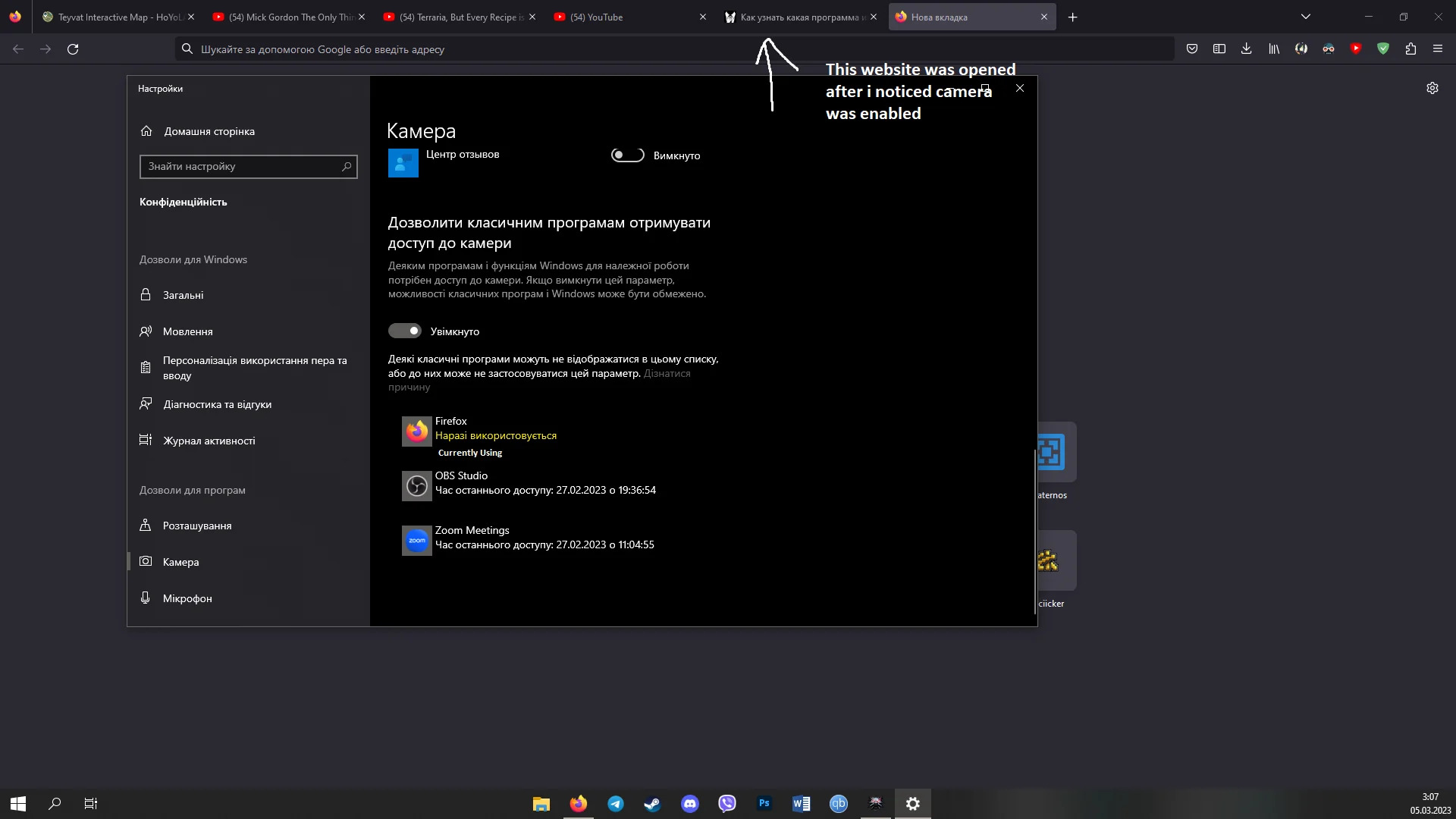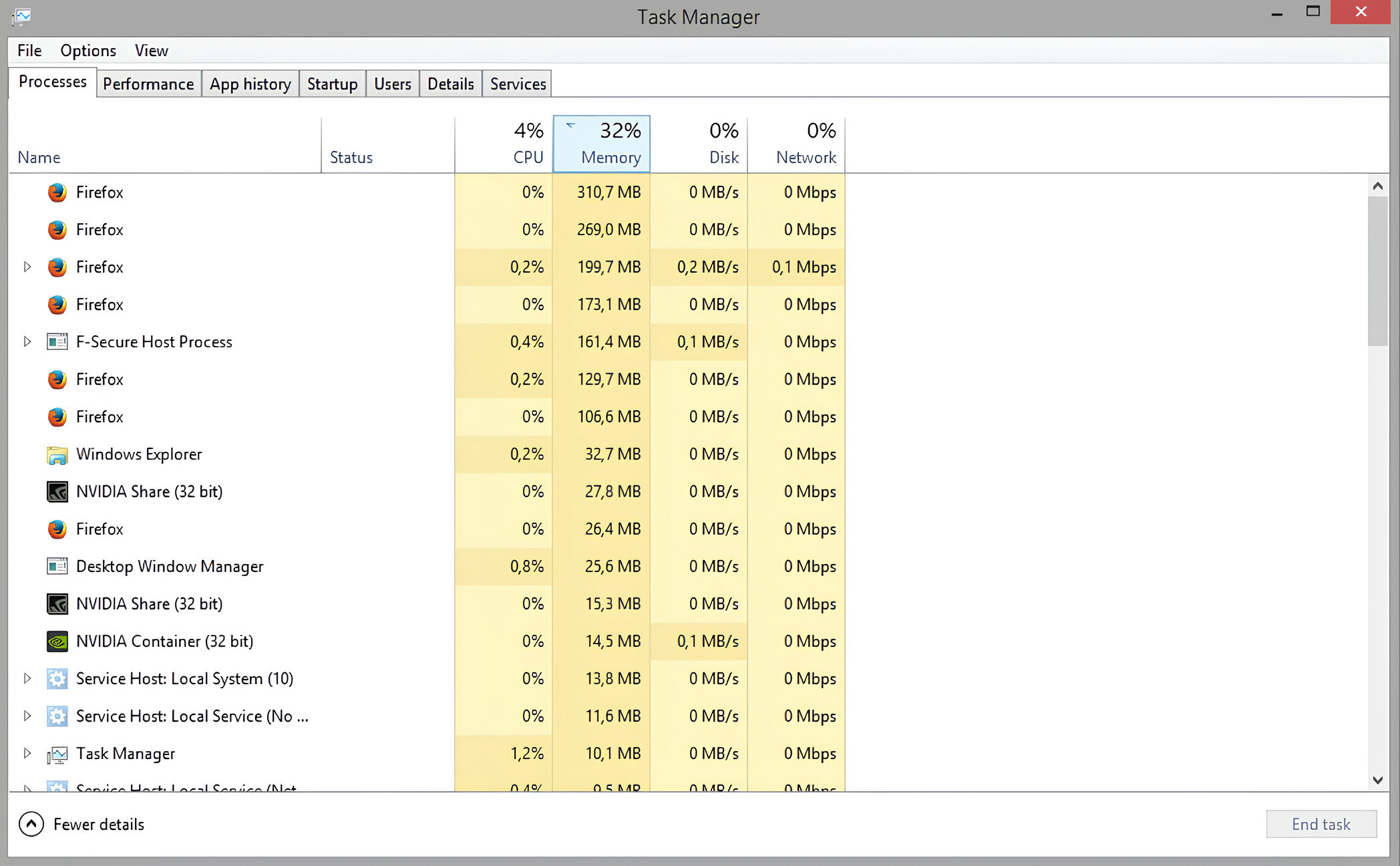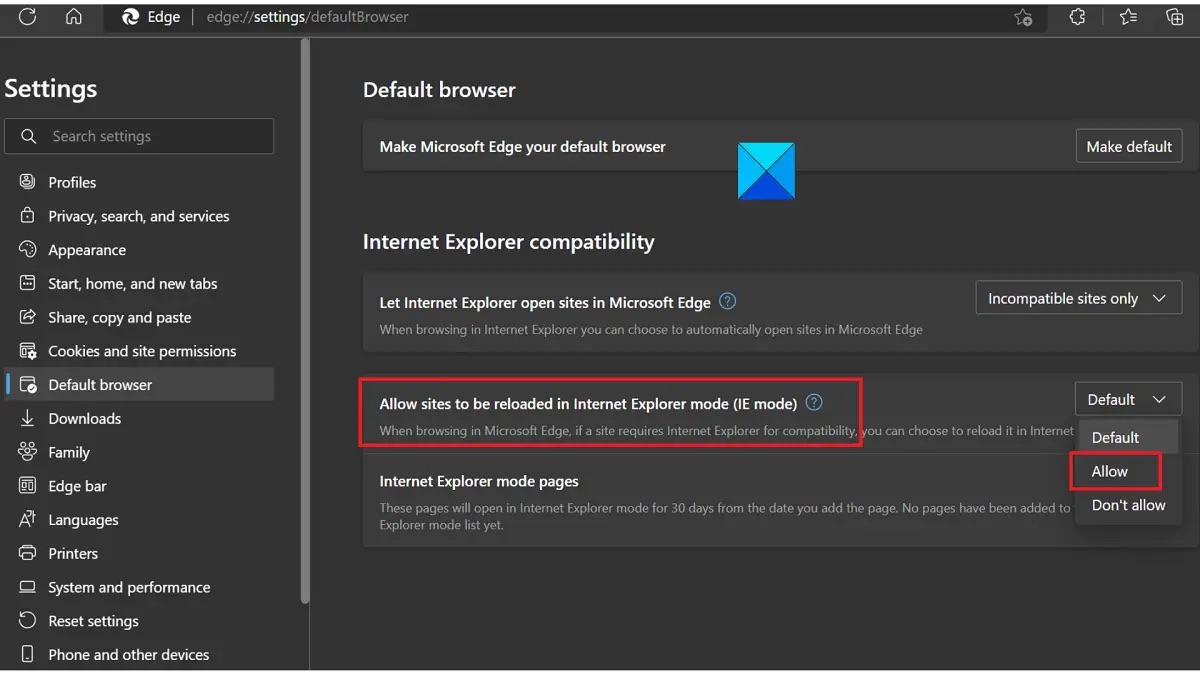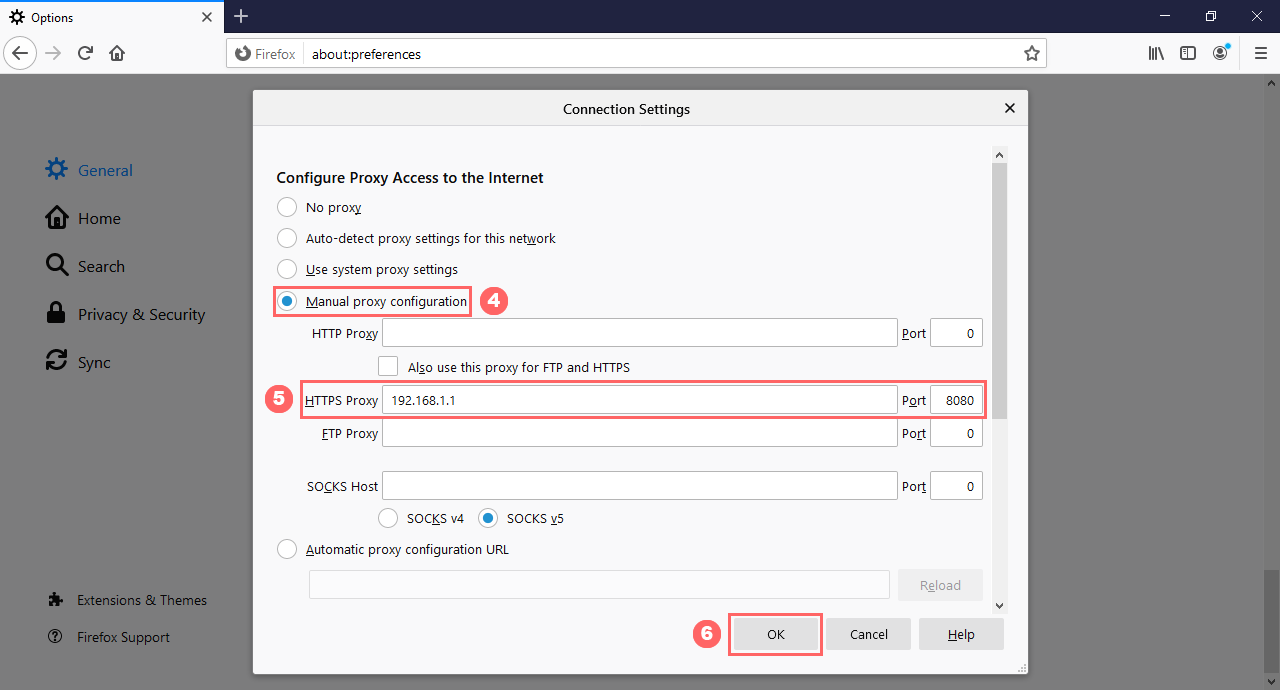Common Issues with Firefox
Firefox is a popular web browser known for its speed, security, and customization options. However, like any software, it can encounter issues that may disrupt your browsing experience. Understanding these common issues can help you troubleshoot and resolve them effectively.
-
Slow Performance: One of the most prevalent issues users encounter is slow performance. This can manifest as delayed page loading, unresponsive tabs, or sluggish overall browsing. Factors such as excessive browser cache, outdated software, or conflicting add-ons can contribute to this problem.
-
Crashing or Freezing: Firefox may occasionally crash or freeze, causing frustration and interrupting your workflow. This can be attributed to conflicting extensions, insufficient system resources, or corrupted profile data.
-
Security Warnings: Users may encounter security warnings when accessing certain websites, indicating potential risks. While Firefox is designed to prioritize user safety, these warnings can sometimes be triggered by outdated security certificates or unsecured connections.
-
Incompatibility with Websites: Some websites may not display or function correctly in Firefox, leading to a subpar browsing experience. This issue can arise due to outdated browser versions, incompatible web standards, or site-specific coding errors.
-
Unresponsive Interface: At times, Firefox's interface may become unresponsive, making it challenging to navigate through menus, tabs, or settings. This can be caused by excessive memory usage, conflicting software, or outdated graphics drivers.
Understanding these common issues with Firefox is the first step towards resolving them effectively. In the subsequent sections, we will delve into troubleshooting steps, updating Firefox, clearing cache and cookies, and checking for conflicting add-ons to address these issues and enhance your browsing experience.
Troubleshooting Steps for Firefox
When encountering issues with Firefox, it's essential to employ effective troubleshooting steps to identify and resolve the underlying causes. By following these steps, you can address common problems and optimize your browsing experience.
1. Safe Mode
Initiating Firefox in Safe Mode is a fundamental troubleshooting step. This mode disables all add-ons and themes, resets toolbar customizations, and bypasses hardware acceleration. To access Safe Mode, click on the menu icon, select Help, and then choose "Restart with Add-ons Disabled." If the issues cease in Safe Mode, it indicates that an add-on or customization is likely causing the problem.
2. Clearing Cache and Cookies
Over time, accumulated cache and cookies can impact Firefox's performance. Clearing this data can often resolve issues related to slow loading, unresponsive pages, or erratic behavior. Navigate to the History section in the menu, select "Clear Recent History," and choose the desired time range for clearing cache and cookies.
3. Refresh Firefox
The Refresh feature in Firefox can restore the browser to its default state while preserving essential information such as bookmarks and passwords. This can effectively resolve issues stemming from corrupted settings or conflicting customizations. To initiate a refresh, click on the menu icon, select Help, and then click on "Troubleshooting Information." From there, select "Refresh Firefox" to commence the process.
4. Update Firefox
Keeping Firefox updated is crucial for optimal performance and security. Outdated versions may contain bugs or vulnerabilities that can lead to various issues. To check for updates, click on the menu icon, select Help, and then click on "About Firefox." The browser will automatically check for updates and prompt you to install the latest version if available.
5. Check for Conflicting Software
Certain third-party software, such as security suites or system optimization tools, can conflict with Firefox and impede its functionality. Temporarily disabling or uninstalling such software can help identify if they are contributing to the issues. Additionally, ensuring that these programs are updated to their latest versions can mitigate compatibility issues.
By systematically implementing these troubleshooting steps, users can effectively diagnose and address common issues with Firefox, ensuring a smoother and more reliable browsing experience.
Updating Firefox to Fix Issues
Keeping Firefox updated is essential for resolving various issues and ensuring optimal browsing performance. Outdated browser versions may contain bugs, security vulnerabilities, or compatibility issues that can lead to a range of problems. By regularly updating Firefox, users can benefit from bug fixes, security patches, and performance enhancements, thereby addressing existing issues and preventing potential new ones.
To update Firefox, users can follow these simple steps:
-
Check for Updates:
- Click on the menu icon (three horizontal lines) in the top-right corner of the browser window.
- Select "Help" from the dropdown menu, and then click on "About Firefox."
- Firefox will automatically check for updates and display the current version. If an update is available, a prompt to install the latest version will be presented.
-
Install the Update:
- If Firefox detects an available update, users can simply click on the "Restart to update Firefox" button to initiate the installation process.
- The browser will then download the update and apply it automatically. Users may need to restart Firefox to complete the update installation.
-
Automatic Updates:
- Users can also enable automatic updates for Firefox to ensure that the browser stays current without manual intervention. To do this, navigate to the "About Firefox" section as mentioned earlier and click on "Advanced Options." Here, users can choose to enable automatic updates for Firefox.
By updating Firefox to the latest version, users can benefit from improved stability, enhanced security features, and performance optimizations. This proactive approach not only addresses existing issues but also minimizes the risk of encountering new problems associated with outdated software.
Furthermore, updating Firefox is a straightforward and effective way to leverage the latest enhancements and features introduced by the Mozilla Foundation, the organization behind the browser. These updates often include performance improvements, new functionalities, and enhanced compatibility with web standards, contributing to a more seamless and enjoyable browsing experience.
In summary, updating Firefox is a fundamental maintenance task that can significantly contribute to resolving issues, enhancing security, and improving overall browsing performance. By staying current with the latest browser version, users can mitigate common problems and ensure a more reliable and secure online experience.
Clearing Cache and Cookies in Firefox
Clearing the cache and cookies in Firefox is a fundamental maintenance task that can significantly improve browsing performance and resolve various issues. Over time, the browser accumulates temporary files and website data, which can impact its functionality and lead to sluggish performance, unresponsive pages, or erratic behavior. By clearing the cache and cookies, users can effectively refresh Firefox and address these issues.
To initiate the process, users can follow these simple steps:
-
Accessing History: Navigate to the menu icon (three horizontal lines) in the top-right corner of the browser window and select "History."
-
Clear Recent History: Within the History section, choose "Clear Recent History" from the dropdown menu. This action will prompt a dialog box to appear, allowing users to specify the time range for clearing the cache and cookies.
-
Selecting Data to Clear: In the dialog box, users can select the desired time range for clearing the cache and cookies. Additionally, they can choose other types of data to clear, such as browsing history, active logins, and site preferences, based on their preferences.
-
Initiating the Clearing Process: Once the desired options are selected, users can click on the "Clear Now" button to commence the clearing process. Firefox will then remove the specified data, effectively refreshing the browser and addressing issues related to cached files and stored cookies.
By clearing the cache and cookies in Firefox, users can experience improved browsing performance, faster page loading, and a more responsive interface. This process effectively removes temporary data that may be outdated or corrupted, allowing Firefox to function optimally and provide a smoother user experience.
Furthermore, clearing the cache and cookies can also enhance privacy and security by removing stored information that could potentially be exploited by malicious entities. This proactive approach aligns with best practices for maintaining a secure and efficient browsing environment.
In summary, clearing the cache and cookies in Firefox is a simple yet impactful task that can significantly contribute to resolving issues and optimizing the browser's performance. By incorporating this maintenance step into regular browsing habits, users can ensure a more reliable, secure, and enjoyable online experience with Firefox.
Checking for Conflicting Add-ons in Firefox
Add-ons, also known as extensions, are valuable tools that enhance the functionality and customization options of Firefox. However, conflicts between these add-ons can lead to various issues, including browser crashes, slow performance, and erratic behavior. Identifying and addressing conflicting add-ons is crucial for maintaining a seamless browsing experience.
To check for conflicting add-ons in Firefox, users can follow these steps:
-
Accessing Add-ons Manager: Click on the menu icon (three horizontal lines) in the top-right corner of the browser window and select "Add-ons." This will open the Add-ons Manager, where users can view and manage their installed extensions.
-
Disabling Add-ons: In the Add-ons Manager, navigate to the "Extensions" or "Add-ons" tab to view the list of installed extensions. Users can systematically disable individual add-ons by clicking on the "Disable" button next to each extension.
-
Testing for Issues: After disabling an add-on, users should browse the web and assess whether the previously experienced issues persist. By systematically disabling and re-enabling add-ons, users can pinpoint which extension may be causing conflicts.
-
Enabling Safe Mode: Firefox offers a Safe Mode option that disables all add-ons and themes, providing a clean environment for troubleshooting. Users can access Safe Mode by clicking on the menu icon, selecting Help, and then choosing "Restart with Add-ons Disabled."
-
Utilizing the Profiler Tool: The Firefox Profiler tool allows users to analyze the performance impact of individual add-ons. By accessing the Profiler, users can identify add-ons that significantly contribute to browser slowdowns or other issues.
By systematically evaluating the impact of individual add-ons and utilizing built-in tools such as Safe Mode and the Profiler, users can effectively identify conflicting extensions and address them accordingly. This process may involve removing problematic add-ons, seeking updates or alternatives, or reaching out to the developers for support.
Resolving conflicts between add-ons is essential for maintaining a stable and efficient browsing environment. By ensuring that installed extensions work harmoniously, users can mitigate performance issues, enhance security, and optimize their overall Firefox experience.
In summary, checking for conflicting add-ons in Firefox is a proactive approach to troubleshooting and resolving browsing issues. By systematically evaluating the impact of individual extensions and leveraging built-in tools, users can effectively identify and address conflicting add-ons, contributing to a more reliable and enjoyable browsing experience.

























